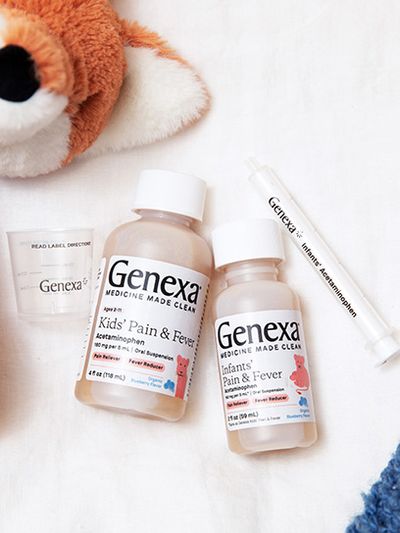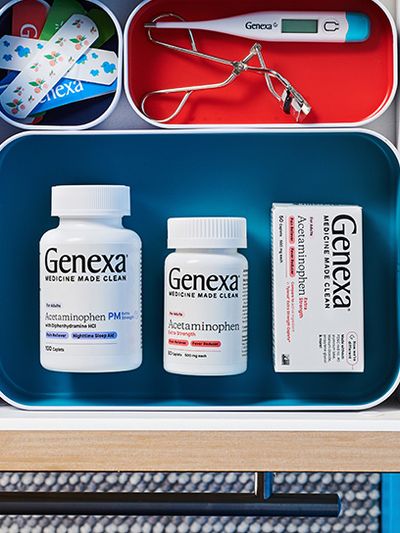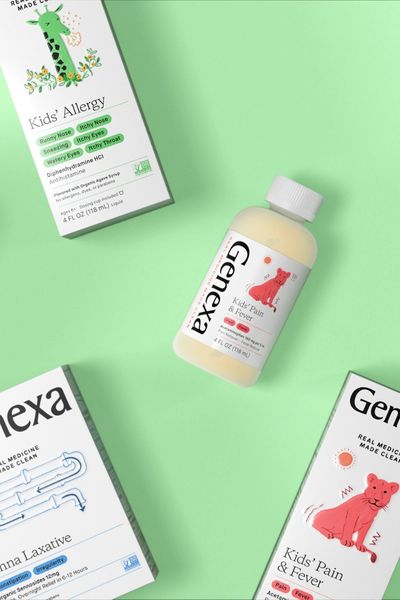How To Know What Ingredients Are In Your Medicine
Why Medicine Ingredients Matter
Table of contents:
Conscientious consumers recognize the importance of being aware of exactly what they are putting in their body, whether it’s certain foods, beverages, or even medications. For people with an allergy or sensitivity, understanding what ingredients are in their medicine is especially important in order to prevent adverse effects caused by accidental ingestion.
The vast majority of medicines include active ingredients, inactive ingredients, and manufacturing aids. Active ingredients are ingredients that have therapeutic benefit and work to treat symptoms, while inactive ingredients contribute to qualities like the taste, texture, and color of the drug. Manufacturing aids are used during the drug manufacturing process but are not intended to remain in the drug.
If you’re wondering “what ingredients are in my medicine?”, we have the answers that you need about the types of ingredients that each medication contains and how they might affect you.
What ingredients are in my medicine?
Regardless of whether you are taking a prescription medication or over the counter medication, each medication likely contains three main types of ingredients: active ingredients, inactive ingredients, and manufacturing aids. Each type of ingredient and its purpose is described below.
Active Ingredients
Most people are familiar with the active ingredients of medicine because generic medications are typically named after the active ingredient of the drug.
For example, Prozac is a popular type of antidepressant with fluoxetine as the active ingredient. Generic versions of Prozac produced by a variety of manufacturers are sold under the name fluoxetine, although each contains a variety of other ingredients in addition to the active ingredient.
The U.S. Food and Drug Administration (FDA) defines active ingredients under 21 Code of Federal Regulations (CFR) 210.3, Current Good Manufacturing Practice in Manufacturing, Processing, Packing or Holding of Drugs, Part (b)(7) as any component of a drug product that is intended to furnish pharmacological activity or other direct effect in the diagnosis, cure, mitigation, treatment, or prevention of disease, or to affect the structure or any function of the body of humans or animals.
In layman’s terms, that means that the active ingredients in your medicine are the ingredients that relieve your symptoms, cure a disease, or provide another type of therapeutic benefit.
For example, if you’re experiencing pain from a headache, the active ingredient in the medication would be the ingredient that relieves your pain and discomfort or that stops the cause of the headache.
Inactive Ingredients
While active ingredients are arguably the most important part of your medication, they actually usually make up a relatively small percentage of the entire drug. Instead, inactive ingredients make up about 75 percent of the mass of the average medication.
Inactive ingredients are defined by the FDA under 21 CFR 210.3(b)(8) as any component of a drug product other than the active ingredient. Inactive ingredients provide many important characteristics to prescription drugs and over the counter medications, including contributing to the look, feel, and taste of a medication.
Harvard Medical School reports that the average medication contains about nine different inactive ingredients, with some drugs containing quite a few more and others much less.
Although inactive ingredients typically do not have a therapeutic benefit, they are still vital to most medications.
Without inactive ingredients, most medications would not be able to work properly or maintain their form. They could taste so bad that some people might not be able to swallow them, could dissolve too quickly to provide a therapeutic benefit, or could expire on the shelf too quickly, for example.
When formulating a medication, manufacturers use inactive ingredients for many different reasons, including:
- To stabilize the active ingredients prior to ingestion
- To coat the surface of tablets and capsules to make them easier to swallow and less bitter
- To improve the appearance of the medication by adding color to make it more palatable
- To extend the shelf life of the medication by preventing the growth of fungi and bacteria
- To enhance the flavor of the medication to make it easier to swallow
- To ensure that your body can absorb the medication effectively
- To act as binders between the ingredients of the medication
- To act as buffers
- To act as afillers to increase the mass of the medication, making it easier to handle
- To help the medication dissolve at the proper time in the digestive tract
The final shape, color, size, and taste of the medications in your medicine cabinet are all determined largely from inactive ingredients. It should be noted that some inactive ingredients can also serve as active ingredients depending on the intended purpose of the drug. One such ingredient that can serve as either an active ingredient or an inactive ingredient is alcohol.
Manufacturing Aids
Manufacturing aids, sometimes referred to as processing aids, are substances that help manufacturers produce a medication but are not intended to be included in the final product.
For example, a manufacturer might use a substance on their machinery that helps prevent medicine from sticking to the machinery. Manufacturing aids may be found in some medicines in trace amounts, but they are not listed as medicine ingredients.
Examples of manufacturing aids include:
Lubricants like soy oil
Eggs used to culture vaccines
How can I find information about the ingredients in my medicine?
The first place to look for information about the ingredients in your medicine is on the label of the product. Over the counter medications are required to contain labels that provide the following important information:
- The name of the medicine’s active ingredients and the quantity in which the active ingredients are found per dose, such as 20 mg per tablet
- Inactive ingredients that are found in the medication
- Common allergens that may be included in the medication, including wheat, gluten, egg, milk, soy, shellfish, tree nuts, and peanuts
- Common allergens that are used in the manufacturing process that could still be present in the medication, such as soy oil
While your medication is required to include inactive ingredients on the label, you may not have all of the information about these ingredients that you need in order to make an informed decision.
For example, your label may list “natural flavors” or “artificial flavors” as being included in the medication but not elaborate on what the flavors consist of. That’s because the FDA does not require medication manufacturers to list the ingredients of natural flavors and artificial flavors.
However, the FDA does require that the medication note any common allergens that are used in the flavoring of the drug and provide a disclaimer underneath the list of ingredients.
It should be noted that the allergen disclaimer on medication labels is only required for common allergens. People with more rare allergies, such as apples, bananas, or chicken, would have no way of knowing if the medication contains their allergens without searching for more information.
The best way to find information about the specific ingredients in your medicine is to contact the manufacturer and ask for more details about the ingredients, including any potential allergens.
If you are unclear about what a specific ingredient is or why it is used in your medicine, you can look up the ingredient name in the U.S. National Library of Medicine’s DailyMed database. The database can provide you with information about what an inactive ingredient is, why it is used in your medicine, and whether or not the ingredient is considered safe for human consumption.
In general, inactive ingredients fall under the FDA categorization of “generally recognized as safe,” or GRAS, meaning that consuming the inactive ingredient in the intended amounts is considered safe for people who do not have an allergy to the ingredient.
Summary
The vast majority of medicines include active ingredients, inactive ingredients, and manufacturing aids.
Active ingredients are ingredients intended to have therapeutic benefit, while inactive ingredients contribute to qualities like the taste, texture, and color of the drug. Manufacturing aids are used during the drug manufacturing process but are not intended to remain in the drug.
The best way to get information about the ingredients in your medicine is to read the label of the drug and contact the manufacturer if you are unclear about certain ingredients. Remember to take extra precautions to understand the ingredients if you have allergies or sensitivities to certain ingredients.






